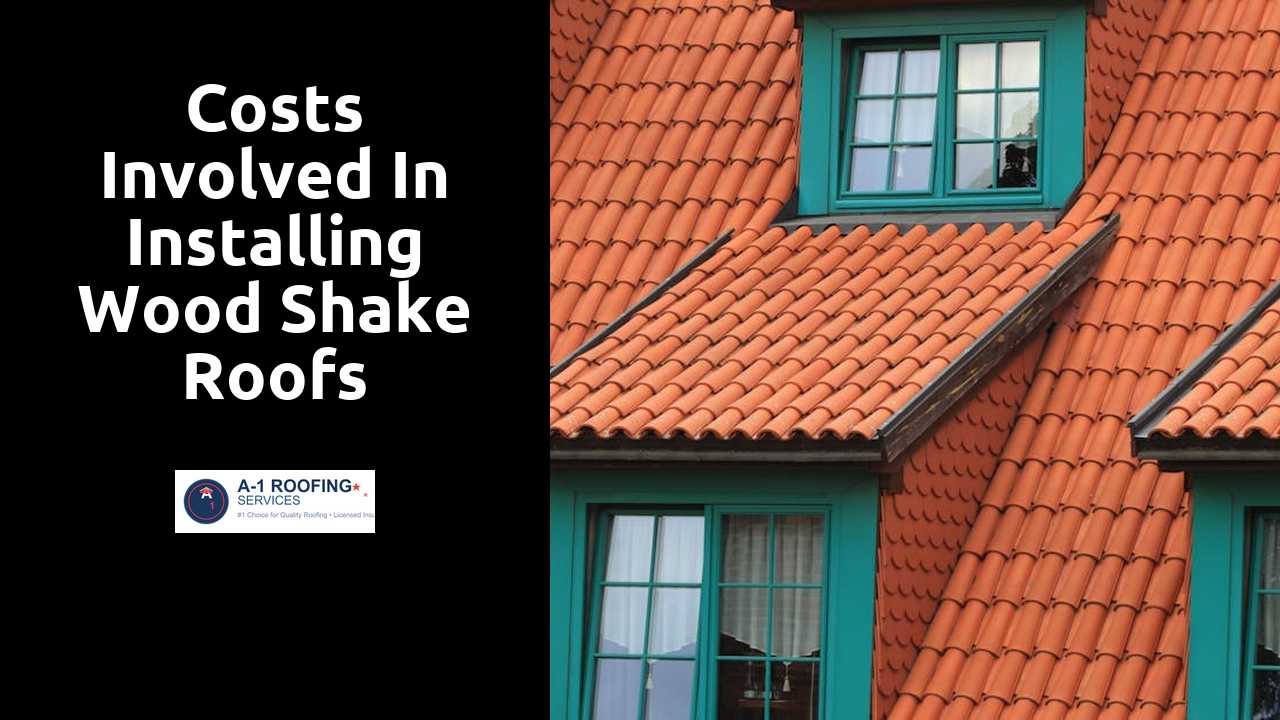
Costs Involved in Installing Wood Shake Roofs
Table Of Contents
Cost Variations by Region
The cost of installing wood shake roofs can differ significantly across the United States. Factors such as local labor rates, availability of materials, and regional climate conditions play a critical role in shaping these costs. In areas where wooden shakes are a common roofing choice, prices may be more competitive. Conversely, regions where alternative materials dominate might see higher installation costs due to a scarcity of skilled labor familiar with wood shake techniques.
Additionally, the overall pricing structure may reflect geographical concerns, including the added expenses of transportation for materials. For example, more remote or rural areas may deal with increased shipping costs, ultimately affecting the final price for homeowners. This variability underscores the importance of obtaining multiple quotes from contractors within the specific region to ensure an accurate estimation of expenses related to wood shake roof installation.
Find out further details by clicking here.
Regional Pricing Differences
The cost of installing wood shake roofs can vary significantly across different regions in the United States. In areas where timber is readily available, prices tend to be lower due to reduced transportation costs. Conversely, in regions where wood is less accessible or there are higher demand levels, the installation expenses can soar. Additionally, regional labor costs influence the overall pricing as skilled roofers may command higher wages in metropolitan areas compared to rural locales.
Local climate conditions also play a critical role in determining the price of wood shake installations. Regions with harsher weather conditions often require more durable materials, leading to increased costs for higher-quality shakes that can withstand elements like heavy rain or snow. Furthermore, local market trends and the availability of specialists in wood roofing can also affect pricing structures, making it essential for homeowners to obtain quotes from multiple contractors to understand the financial landscape in their specific region.
Long-term Maintenance Expenses
Wood shake roofs require ongoing maintenance to ensure their longevity and performance. Homeowners should budget for regular inspections to identify potential issues such as loose or damaged shakes. These inspections often entail clearing debris and moss, which can trap moisture and lead to premature deterioration. Depending on the roof's condition, repairs may be necessary, adding to the overall maintenance costs.
In addition to inspections and repairs, it is crucial to factor in the potential for treatment against pests and water damage. Various sealants and preservatives are available to protect wood shakes, adding another layer of expense. Seasonal maintenance might also include refinishing or re-staining the wood to prevent fading and maintain aesthetic appeal. All these factors collectively contribute to a more defined long-term financial commitment for homeowners opting for this roofing material.
Regular Upkeep and Repairs
Routine maintenance is essential for preserving the integrity of wood shake roofs. This type of roofing material tends to expand and contract with changes in temperature and moisture. Homeowners should plan for periodic inspections to identify potential issues early, such as loose or damaged shakes. Regular cleaning of debris, mold, and moss can help prevent additional wear and extend the life of the roof.
Repair costs can vary significantly based on the extent of the damage. Simple tasks, like replacing a single shake or sealing a small leak, can be relatively inexpensive. However, extensive damage may require more comprehensive repairs or even partial roof replacement. It is advisable for homeowners to budget for these unexpected repair costs to maintain the roof in optimal condition.
Permitting and Inspection Fees
When embarking on the installation of a wood shake roof, homeowners must navigate a landscape of permitting and inspection fees. These costs can vary widely depending on the local regulations that govern construction in a particular area. Many municipalities require homeowners to obtain building permits before commencing with roofing projects. The fees associated with these permits can add an unexpected layer to the overall budget.
Inspections may also be mandated during different stages of the roofing project. Local authorities may send inspectors to ensure compliance with safety standards and building codes. Each inspection incurs its own fee, further contributing to the total expenses of the project. Homeowners should budget for these additional costs to avoid surprises and ensure a smooth approval process.
Compliance with Local Regulations
When installing wood shake roofs, adherence to local regulations is crucial. Many municipalities have specific guidelines that dictate the types of materials allowed, structural requirements, and even aesthetic standards. Homeowners must consult local building codes to ensure compliance. Failing to meet these regulations can result in fines or even the need to remove and replace the roofing.
It is often necessary to obtain permits before beginning work on roofing projects. This process may involve submitting plans for approval and scheduling inspections throughout the installation. Engaging with local authorities early can streamline the project timeline. Understanding all associated costs helps in budgeting effectively while ensuring that the installation meets all safety and legal standards.
Related Links
Environmental Impact of Using Wood Shake RoofingThe Aesthetic Appeal of Wood Shake Roofing in Home Design